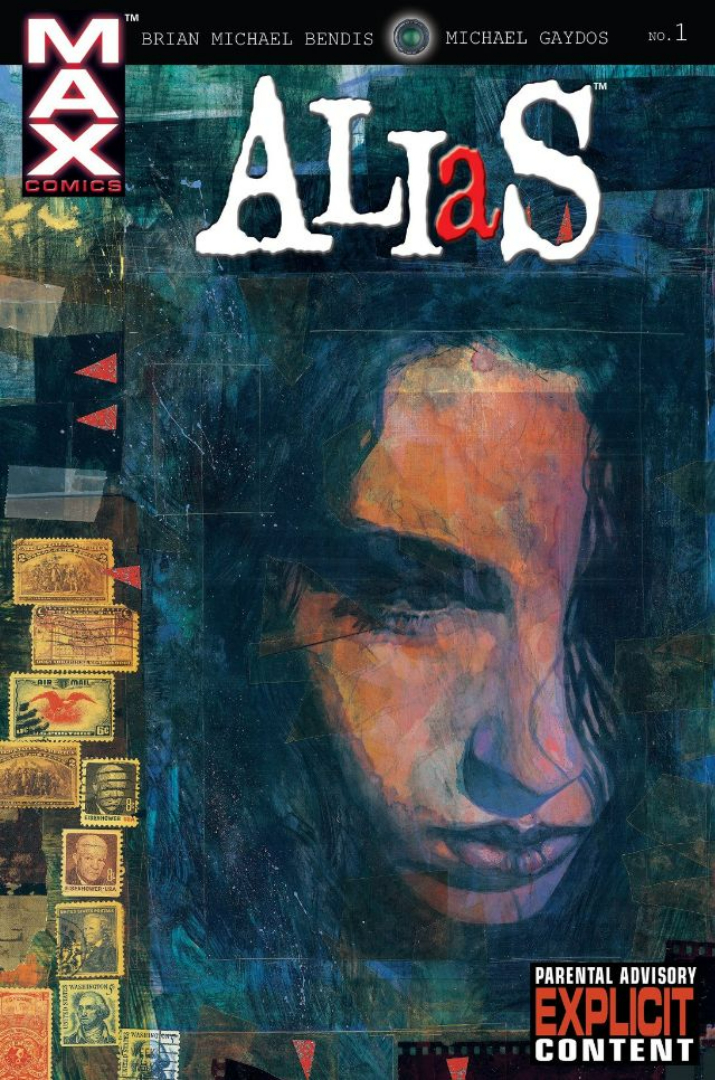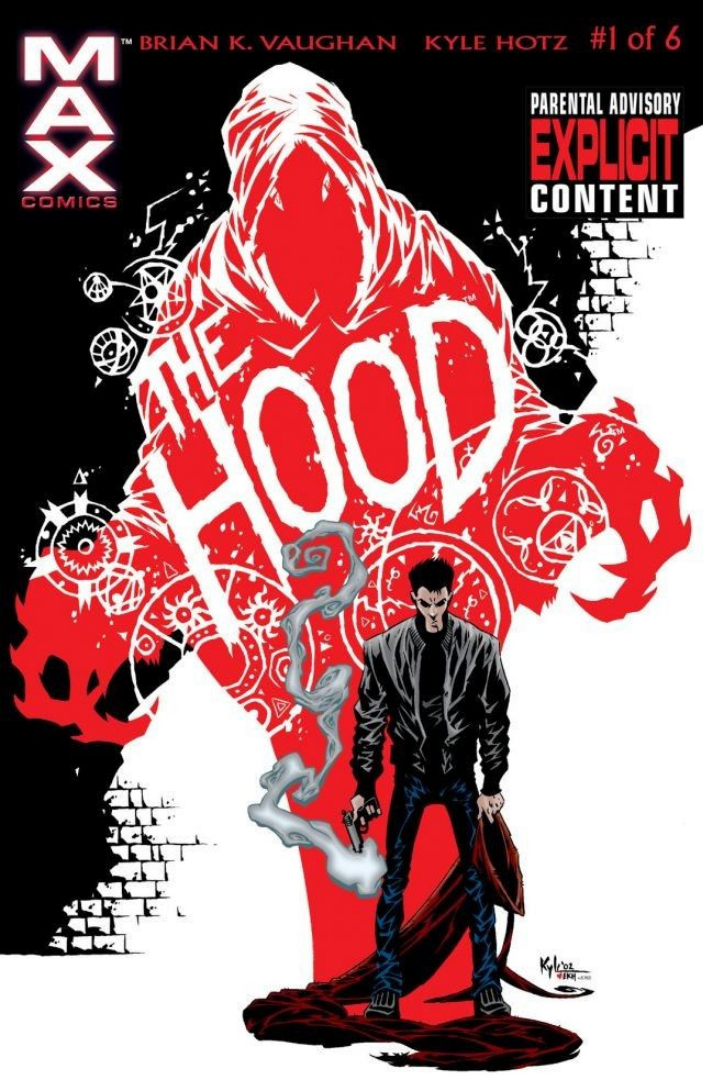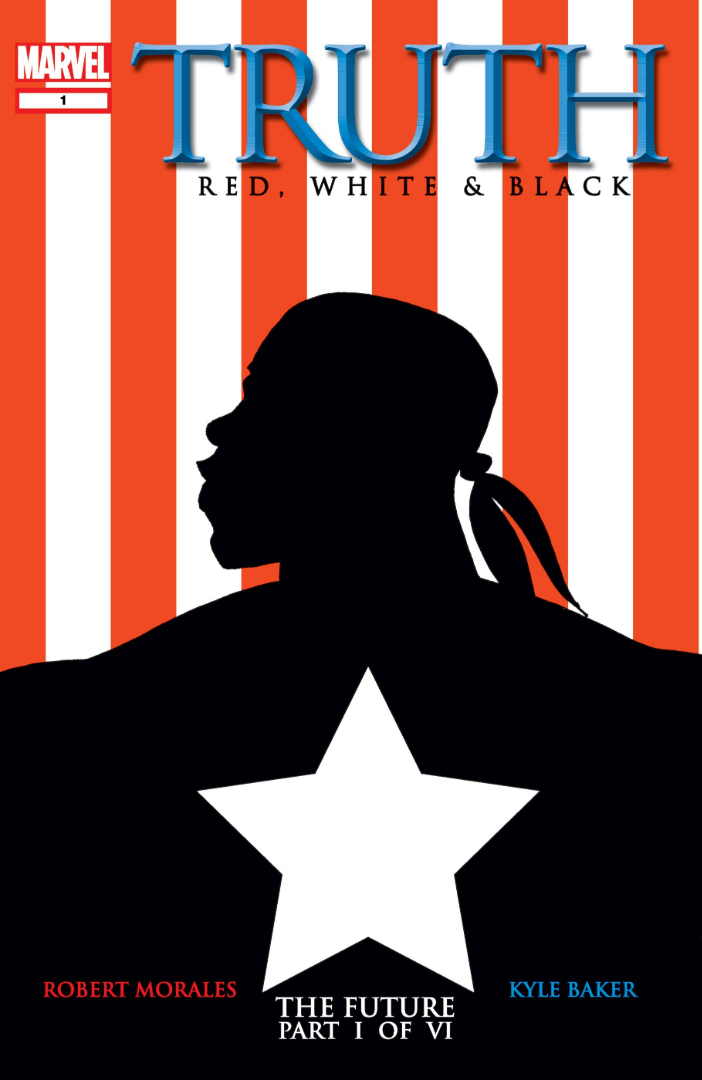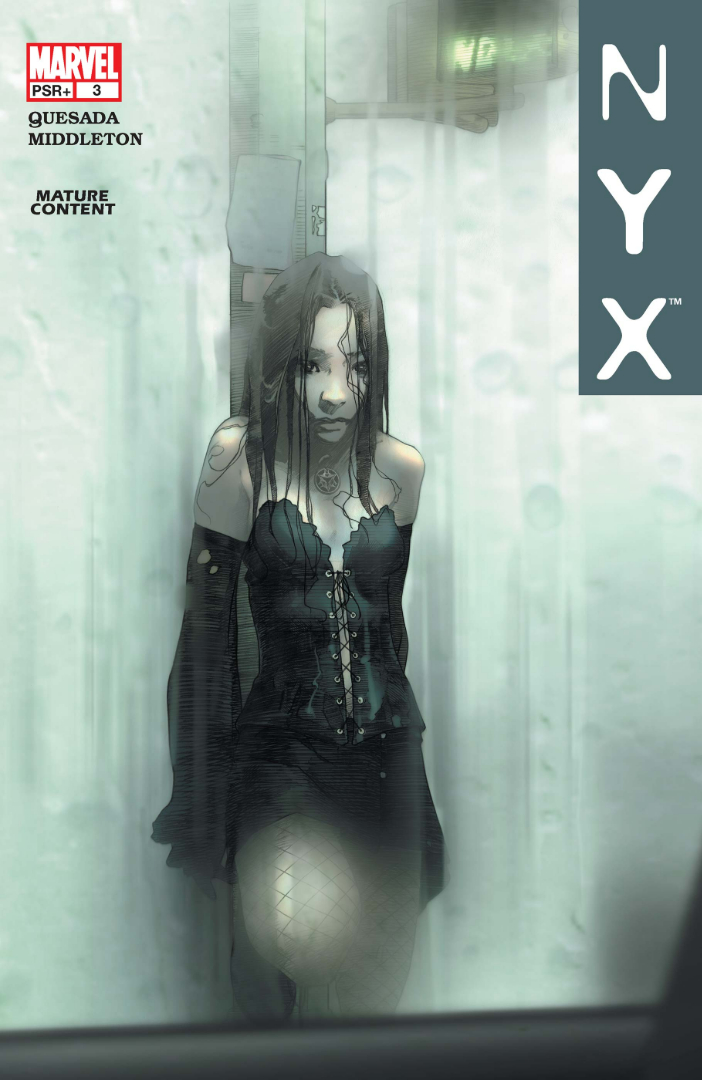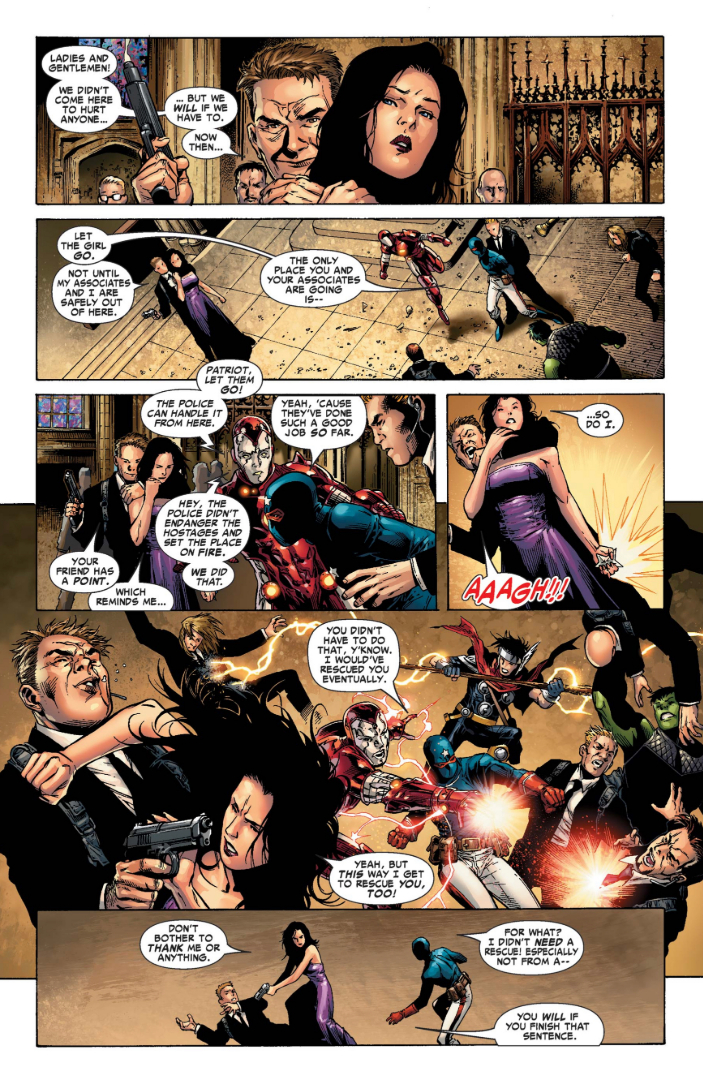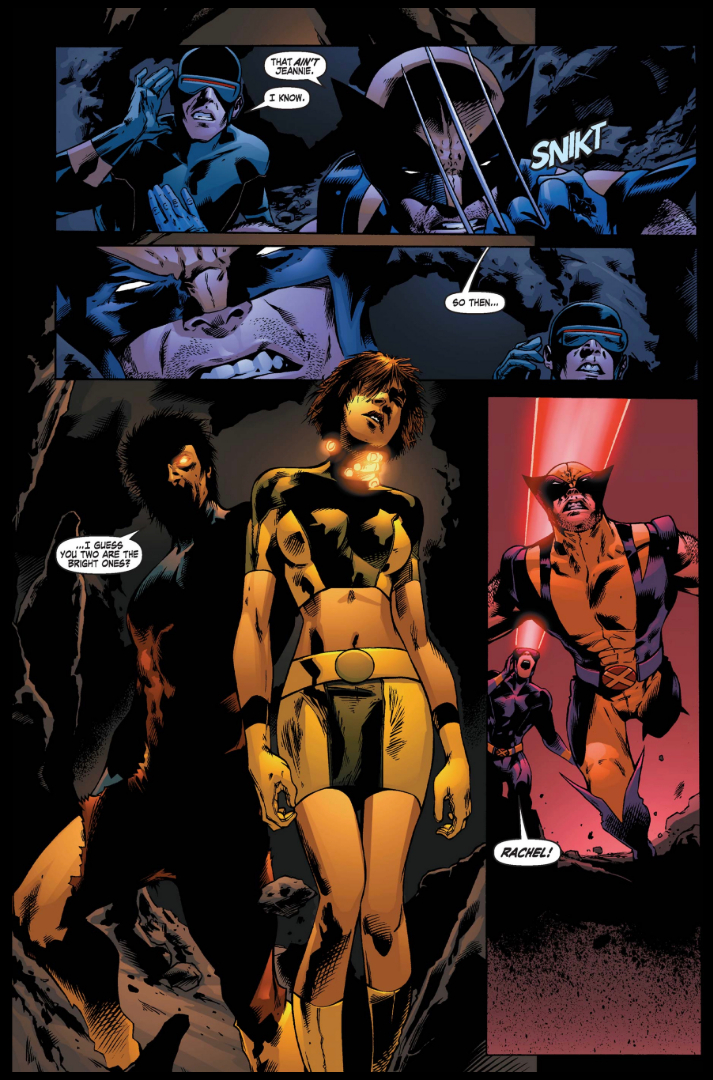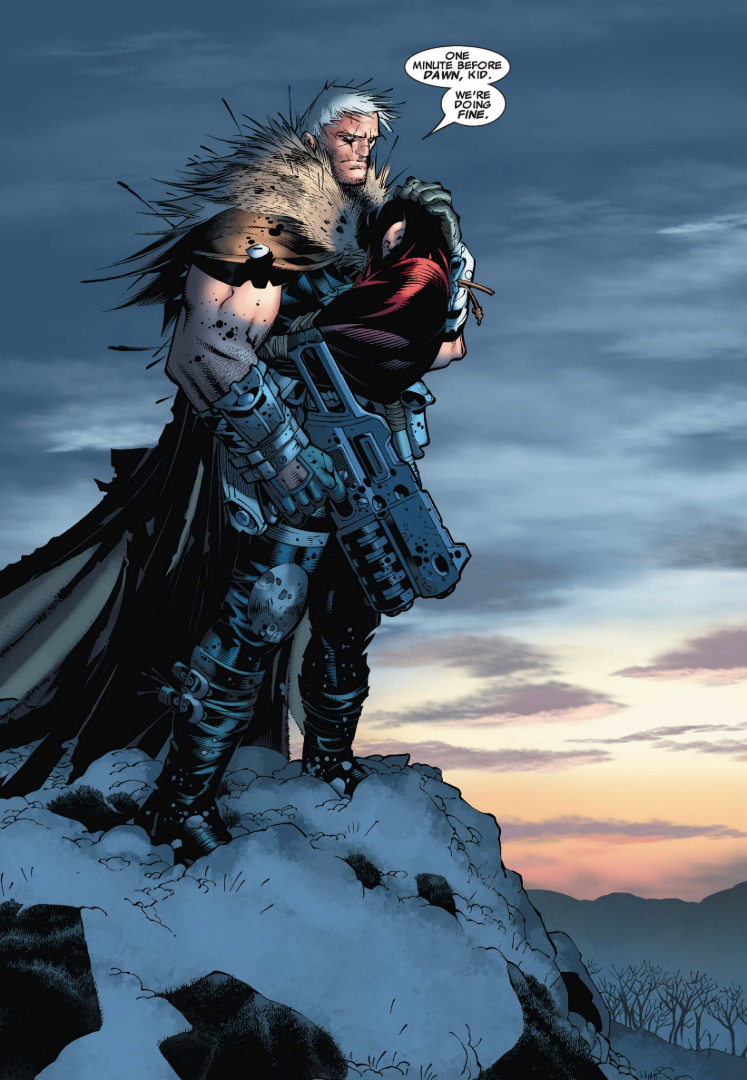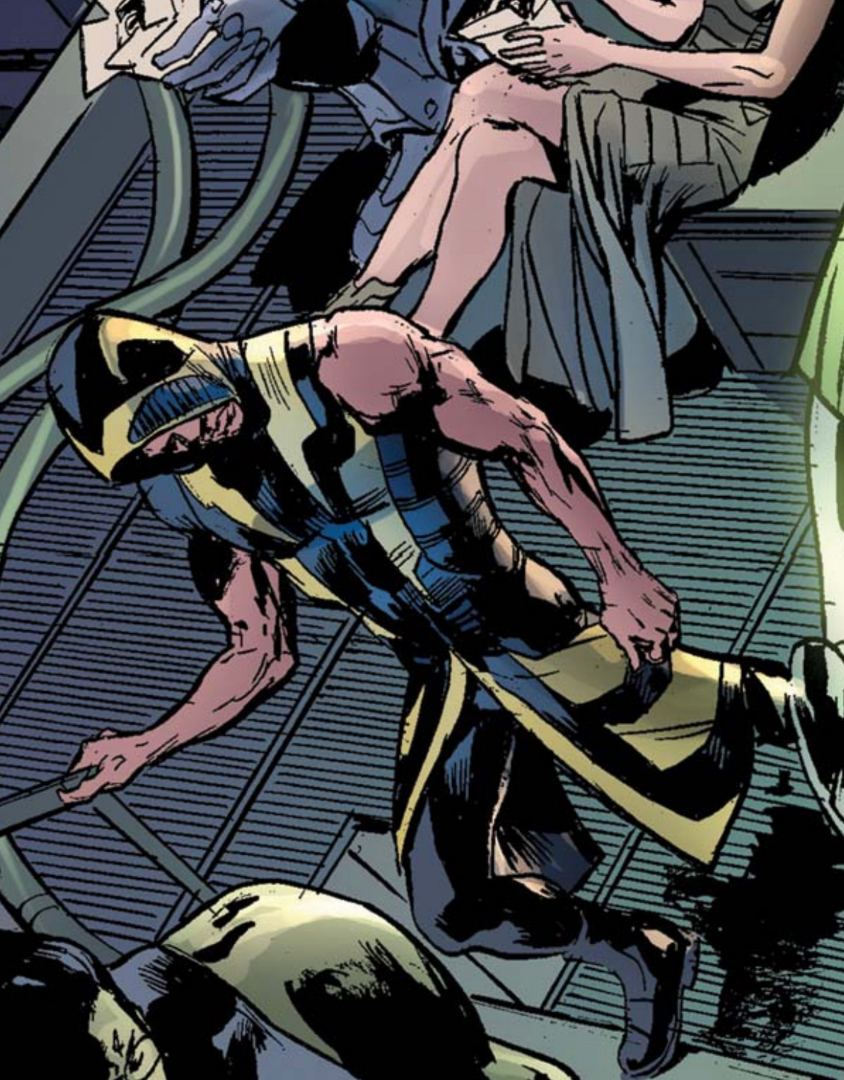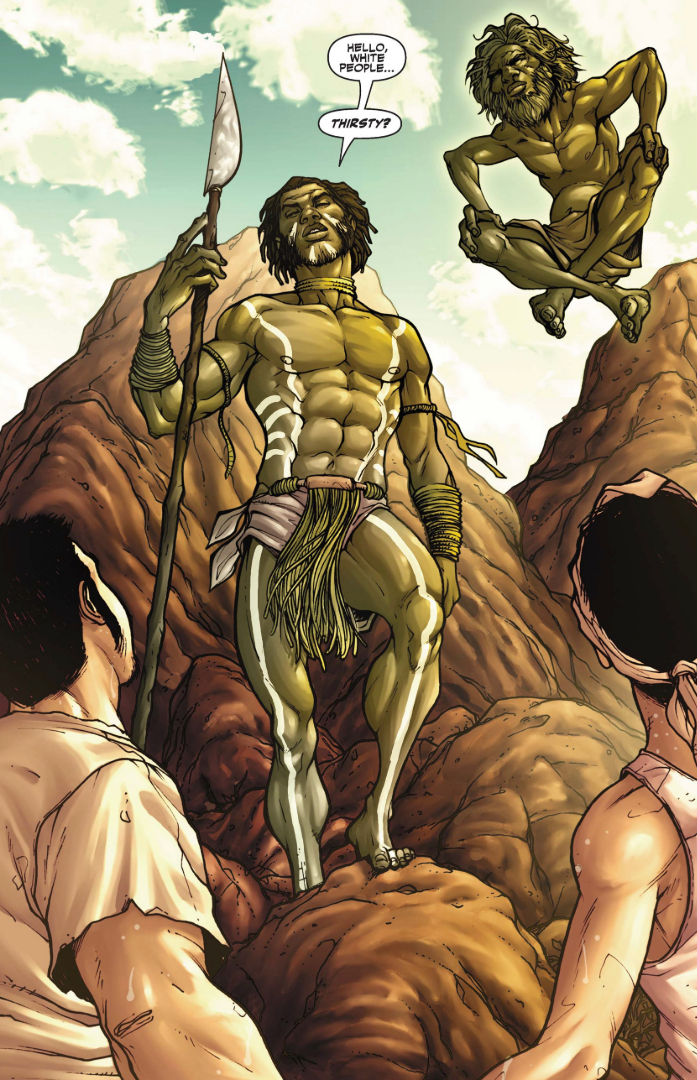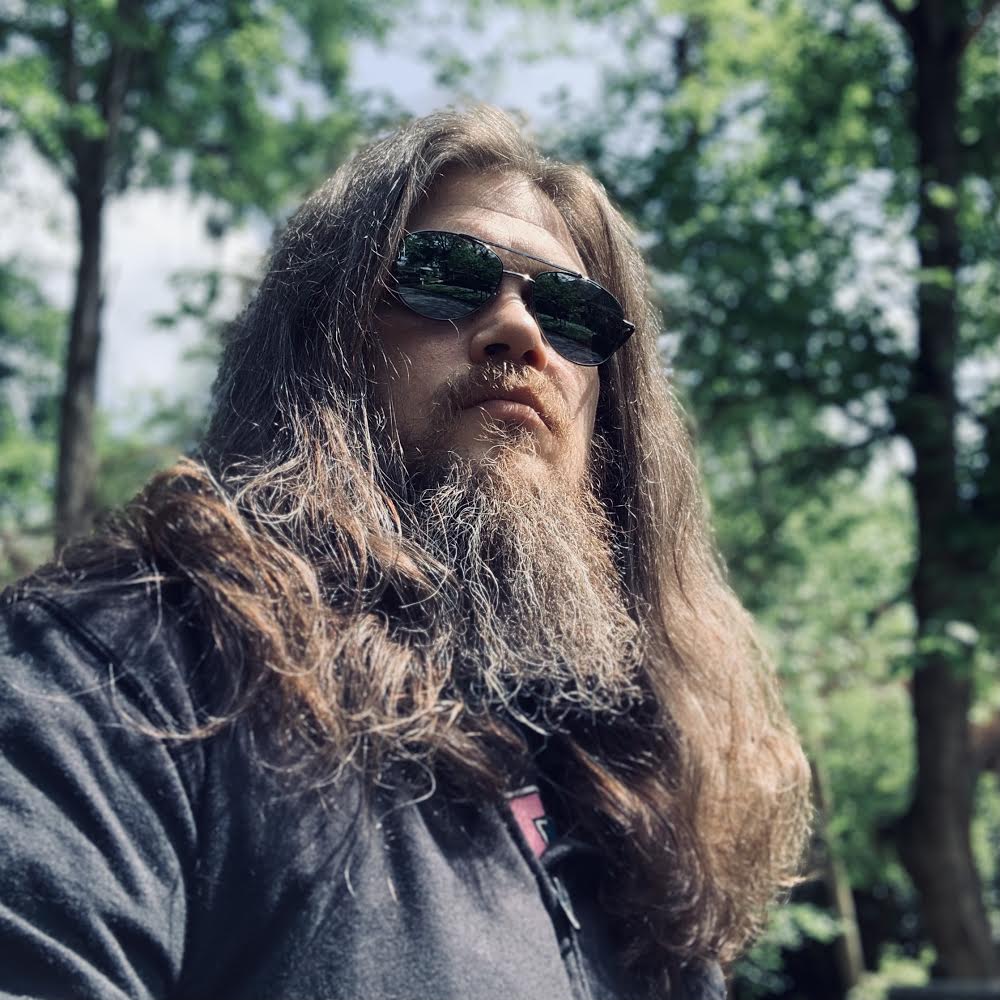The top Marvel Comics character debuts - 2000 to 2009
Looking back at the best Marvel Comics superheroes and villains created each year during the '00s
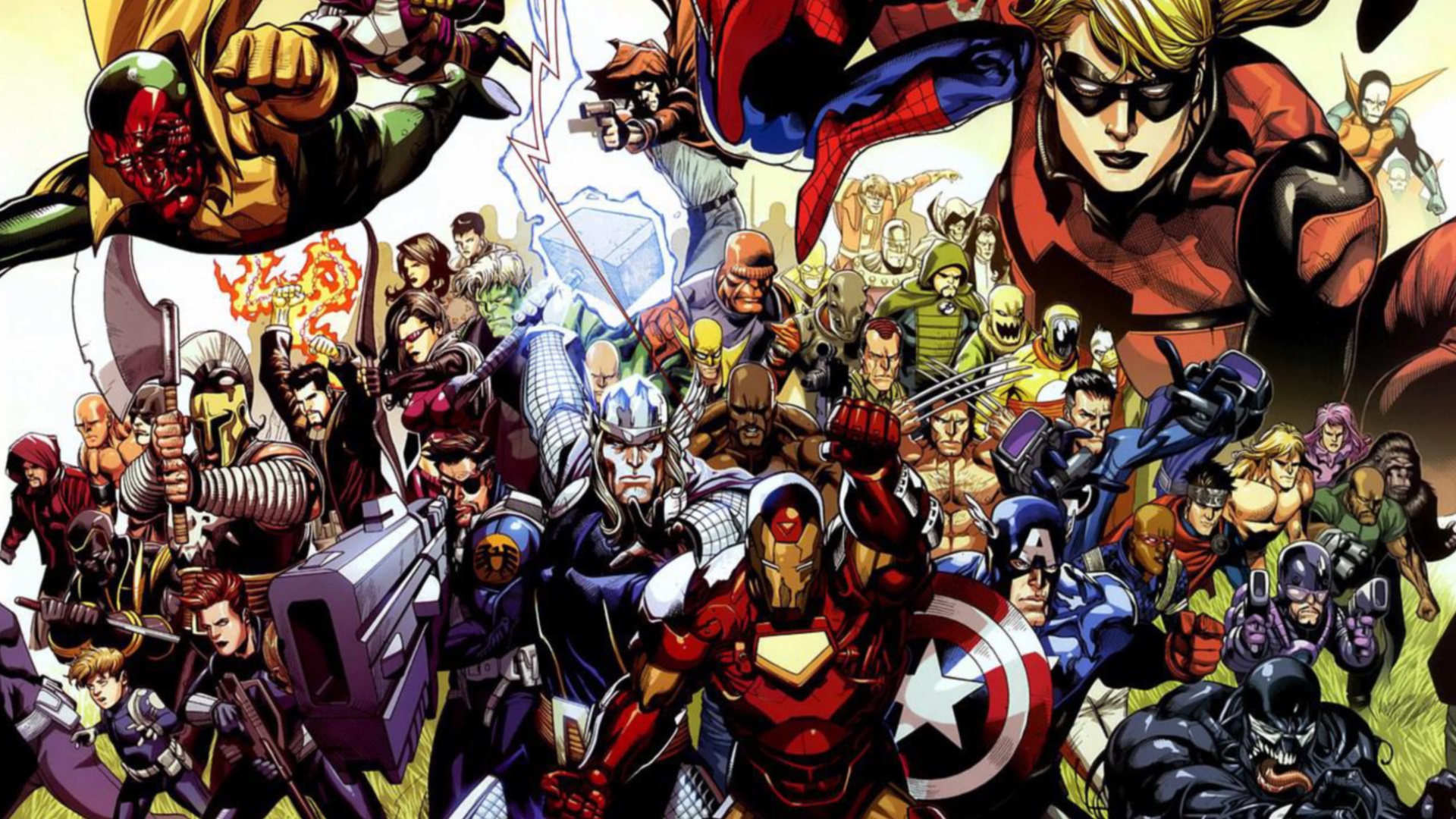
It's been 60 years exactly since the Marvel Universe was born in Fantastic Four #1, and in that time the publisher has grown exponentially. Starting with just four heroes in a rocket ship, Marvel's continuity has grown to be home to thousands of characters such as the X-Men, Spider-Man, Hulk, Avengers, and countless more - including incorporating characters such as Captain America, Namor, and Jimmy Woo, who actually debuted before the Marvel Universe proper.
As you can see just by that simple roster, some of the heroes and villains Marvel has introduced in the ensuing decades have become the building blocks of whole worlds and genres of fiction, even dominating movies and TV in the present day.
To celebrate the Marvel Universe, and honor the creations that have been birthed in its pages, we're assembling a Marvel Yearbook – a listing of the best character of each year of Marvel history, 60 characters for 60 years.
This week, we're taking a trip on the Time Platform back just a few years to the '00s, an era when Marvel Comics was reinventing itself again as a more mature, more artistically focused publisher. To boot, the publisher made some big swings with concepts and characters, introducing ideas and heroes that have become building blocks of the Marvel Universe in their own right. So far, we've also
So far, we've also looked back at the '80s, the '70s, and the '90s. And as we move forward we'll be examining all six decades of the Marvel Universe - though not in decade-by-decade chronological order.
When you've gone through our choices for the best character of each year of the '00s, hop on Facebook and Twitter and let us know who your favorites are, and why! It's all part of the fun.
2000: Ultimate Spider-Man
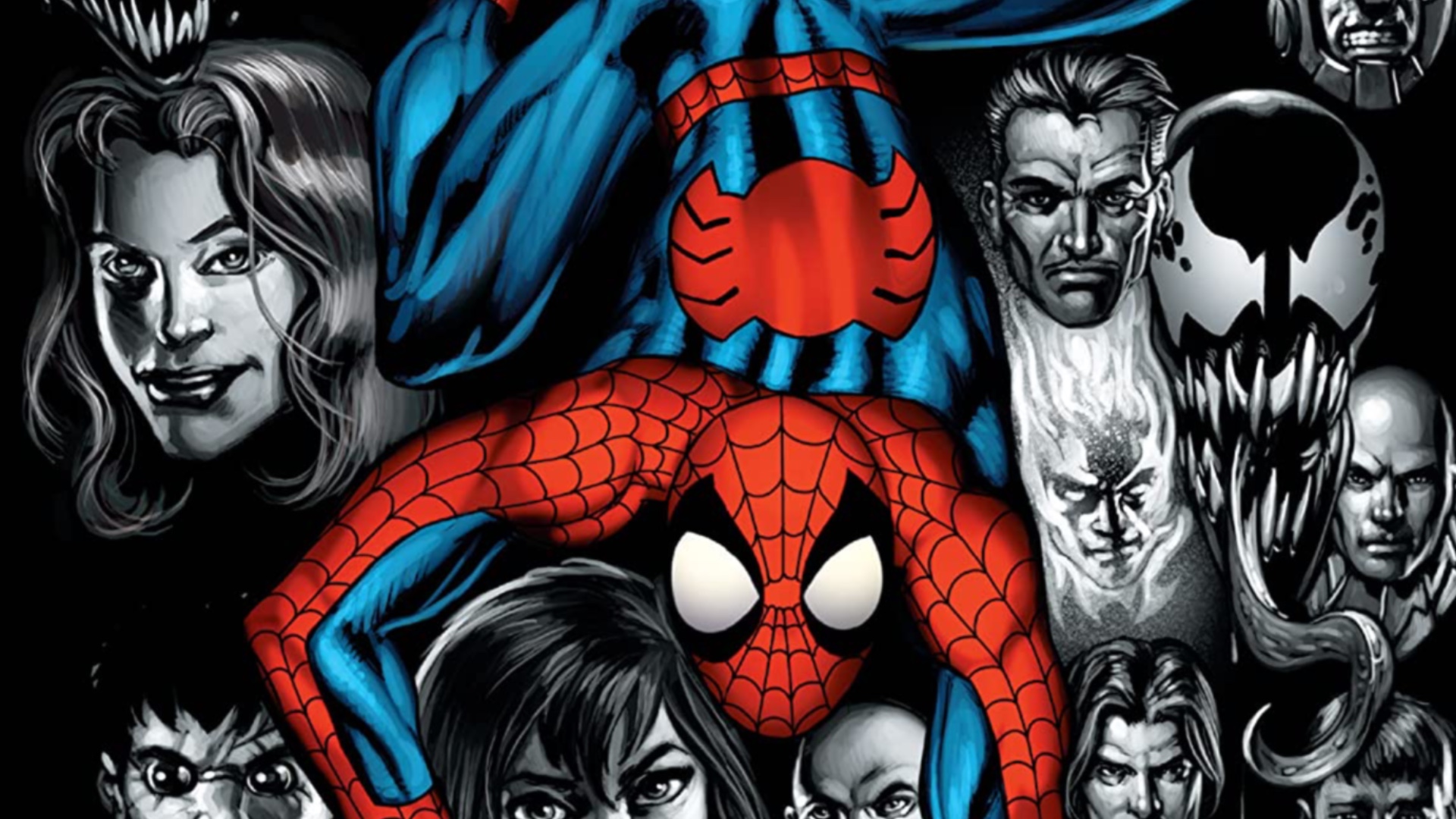
First Appearance: Ultimate Spider-Man #1
Recommended Reading: Ultimate Spider-Man (Vol. 1)
Get the best comic news, insights, opinions, analysis and more!
Marvel Comics has often used Spider-Man (who many see as the publisher's flagship character) to pioneer new concepts for the publisher, whether it's a different timeline as in the 2099 line, or an entirely different continuity altogether, as was the case with 2000's Ultimate Spider-Man.
The flagship title of Marvel's burgeoning Ultimate Comics line, writer Brian Michael Bendis and artist Mark Bagley's Ultimate Spider-Man presented a new take on Peter Parker stripped of decades of continuity where he was rebooted as a then-contemporary teenager working not as the Daily Bugle's cub photographer, but as the webmaster of its cutting-edge-for-2000 blog and website.
The changes didn't stop there. While the core of Peter Parker's origin and powers as Spider-Man were maintained, his relationships with his friends, his families, and his villains were often vastly different - sometimes down to totally reinventing characters for the new Ultimate Universe.
That became the mantra of the Ultimate line, which grew to include takes on the X-Men, Avengers, Iron Man, and more in its early days, before generating a somewhat dense and often unwieldy continuity backlog of its own that expanded to include new versions of almost every major Marvel hero and villain.
Through it all, Spider-Man held strong as the line's heart and soul, even through rebooted titles and the death of Peter Parker, who was replaced by a younger Spider-Man named Miles Morales who has since become a star in his own right. Oddly enough, 2000 kicking off the decade with a new incarnation of a classic character would almost come to define the decade, as many of the most prominent new Marvel characters in the following years would also be new takes on long-running Marvel ideas.
Didn't Make the Cut: Karima Shapandar (Omega Sentinel), Ma Gnucci, Noh-Varr (Captain Marvel, Protector), Sentry
2001: Jessica Jones
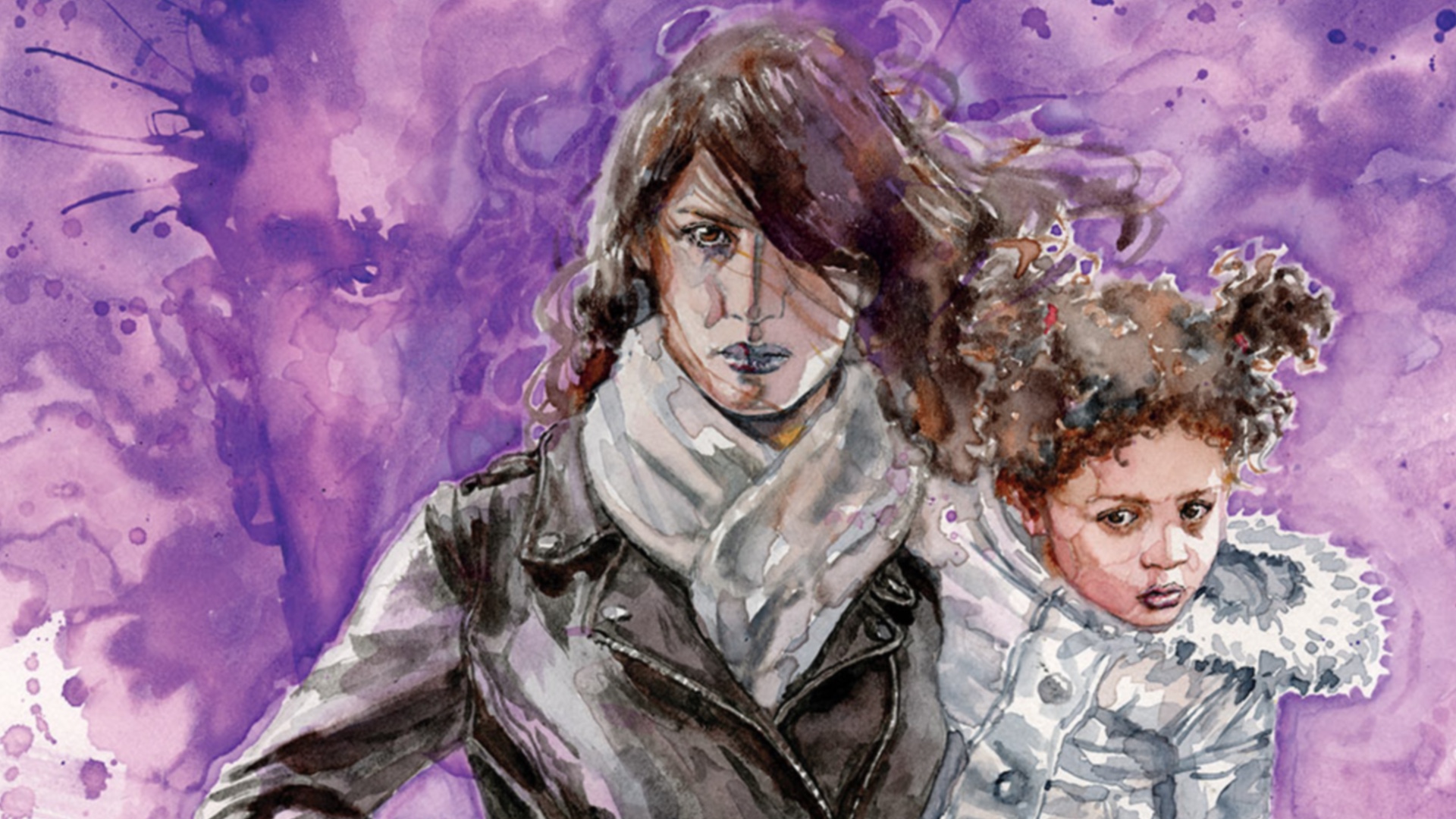
First Appearance: Alias #1
Recommended Reading: Jessica Jones: Alias
Jessica Jones was not meant to be the breakout star of the 2001 comic book title Alias - in fact, she wasn't initially meant to be a character at all. What we mean is, writer Brian Michael Bendis initially conceived of Alias as a new title to bring back then retired Spider-Woman Jessica Drew. But as he developed the series' concept, Bendis instead settled on creating a new character to fill the role of Alias's irascible, indomitable, super-powered private eye - enter Jessica Jones, co-created with artist Michael Gaydos.
Right off the bat, Jessica Jones was not the typical Marvel hero. No costume, no codename (with failed attempts at adopting a superhero persona dotted through her past), Jessica represented a very different side of the Marvel Universe published under the adult-oriented Marvel Max banner. Alias was a street-level story of intrigue, violence, and sex that dipped into Marvel's seedier, more adult underbelly for one of the first times in the mainstream Marvel Universe.
Jessica went on to become more of a superhero, partially thanks to her relationship with Luke Cage who became a key member of the Avengers, eventually bringing Jessica with him.
It's also Jessica's relationship with Luke Cage that led to one of the most unique aspects of her character. Unlike most female heroes for the larger part of Marvel's history, Jessica was allowed to get married and have a child with Luke, bringing motherhood into her story - a surprisingly mundane but unique story that has since broken ground for more depictions of superhero parents.
And of course, Jessica Jones got one of the more well-received TV adaptations of Netflix's Defenders shows, in which she was portrayed by Krysten Ritter.
Didn't Make the Cut: Wolverine (Ultimate), Hulk (Ultimate), Cassandra Nova, Doop, Iron Man (Ultimate), Nocturne, Nick Fury (Ultimate), Xorn, Elsa Bloodstone
2002: The Hood
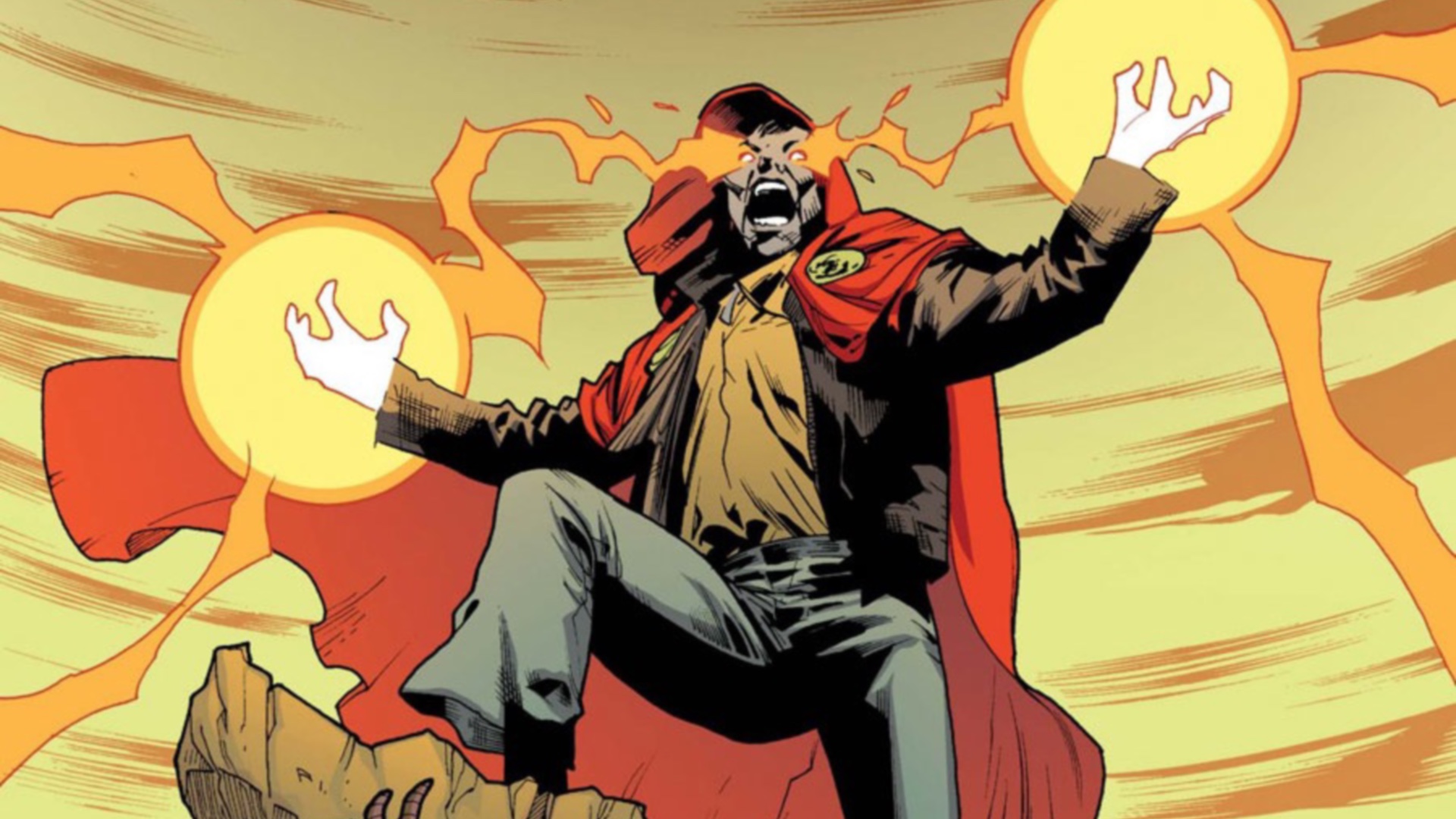
First Appearance: The Hood #1
Recommended Reading: The Hood (Vol. 1)
Many Marvel Comics characters have straddled the line between hero and villain over the years, but few have managed to make their debut not only as a villain but also as the lead character of their own title - a distinction held by Parker Robbins, AKA The Hood.
Introduced in 2002's The Hood #1 from writer Brian K. Vaughan and artist Kyle Hotz, Parker Robbins was a small-time criminal who managed to kick the ass of a demon with ties to Doctor Strange's enemy Dormammu and steal his magic boots and cape, gaining the powers of invisibility and levitation in the process.
Robbins went on to challenge the Kingpin, though his demonic powers put his soul in jeopardy. But power is exactly what Robbins has traditionally sought to gain ever more of since his first appearance, gathering a veritable army of supervillains to challenge the Avengers, joining Norman Osborn's secret Cabal of villains, and even possessing the Infinity Stones for a brief moment.
He's also taken possession of the Asgardian Norn Stones multiple times, and was even once so massively empowered by Dormammu that he nearly killed Doctor Strange, transforming into a full-on demon in the process.
Most recently, however, Hood's demons came calling when infernal forces repossessed his magical hood just as he was on the verge of defeating Hawkeye in the limited series Hawkeye: Freefall.
Didn't Make the Cut: Captain America (Ultimate), Thor (Ultimate), Fantomex, Dust
2003: Isaiah Bradley
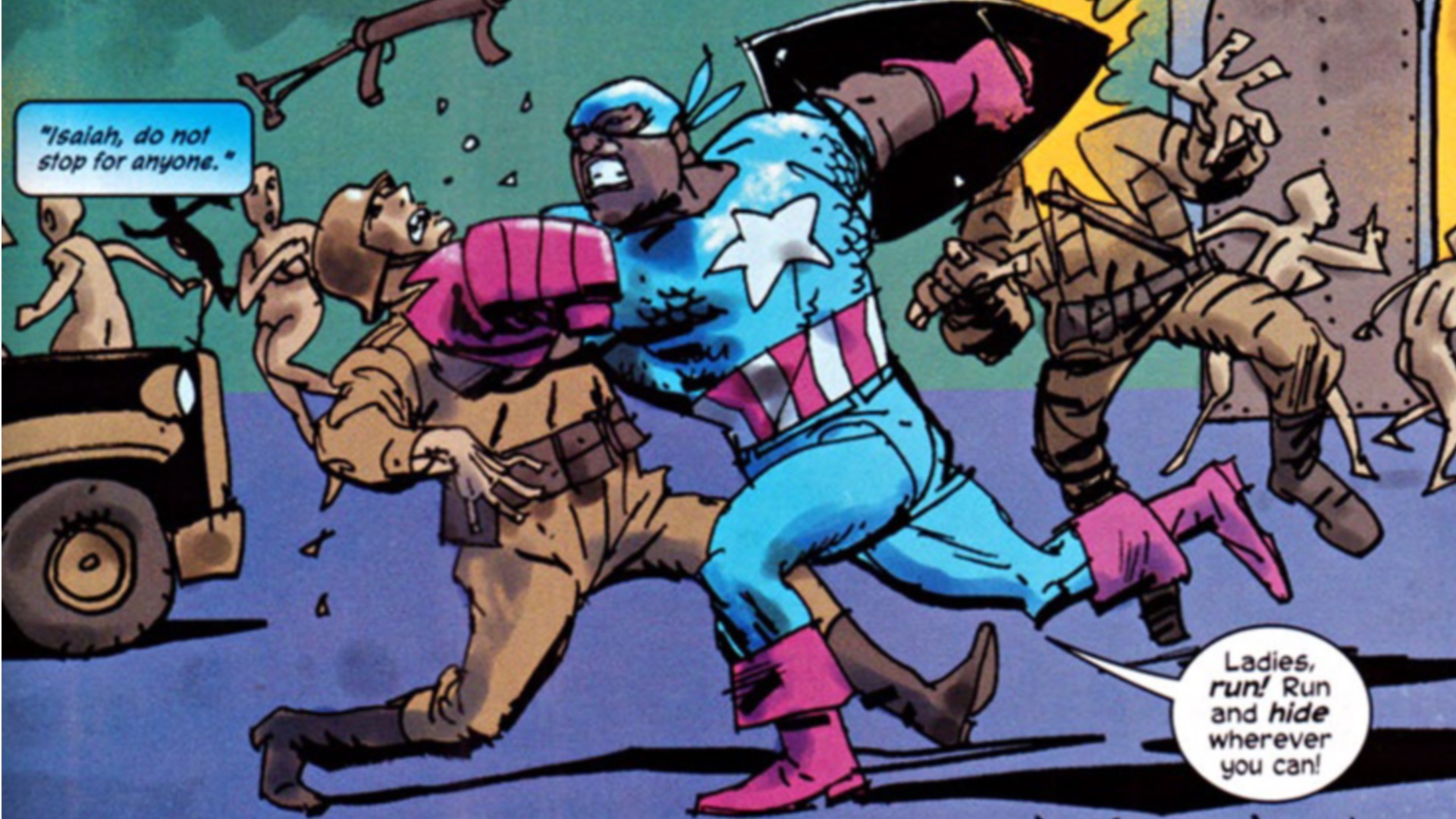
First Appearance: Truth: Red, White, and Black #1
Recommended Reading: Truth: Red, White, and Black
The fact that Isaiah Bradley went largely unsung as a comic book character until this year's MCU streaming show The Falcon and the Winter Soldier adapted his tale and made him a household name somewhat mirrors his tragic history in the Marvel Universe.
In the years following Steve Rogers being empowered, the U.S. government tried time and again to replicate the Super Soldier Serum that created Captain America. One of those attempts (which was itself also part of the Weapon Plus program that eventually created Wolverine) involved the military secretly experimenting on a group of Black soldiers, some of whom died in the process - though a few did develop Super Soldier abilities, including Bradley.
Bradley and his men were eventually deployed to stop a Nazi superweapon, though the mission went terribly awry. When most of the team were taken captive, Bradley escaped, stealing a spare Captain America costume and shield, and finishing the mission himself.
When he returned home, Bradley was court-martialed for stealing the uniform and shield and sent to prison, where his body was experimented on. After his eventual release, Bradley became an underground hero of the Black community, with many subsequent Black heroes in the Marvel Universe holding him in special reverence despite even Steve Rogers not knowing Isaiah's story for many years.
Isaiah Bradley's story, told in Truth: Red, White & Black, echoes aspects of the real-world story of the so-called Tuskeegee experiment, in which a population of Black people was unknowingly infected with syphilis that doctors purposely left untreated for decades to monitor the disease's effects. Though a parable that goes beyond the real world human rights abuses that inspired it and their still lasting effects, Isaiah Bradley's story, now know to a global audience thanks to his MCU appearances, stands as a beacon of heroism from amidst the worst conditions human beings can endure.
Didn't Make the Cut: Quentin Quire, Mania, Rockslide, Prodigy (David Alleyne), Elixir, White Tiger (Angela del Toro), Phyla-Vell, Runaways
2004: X-23
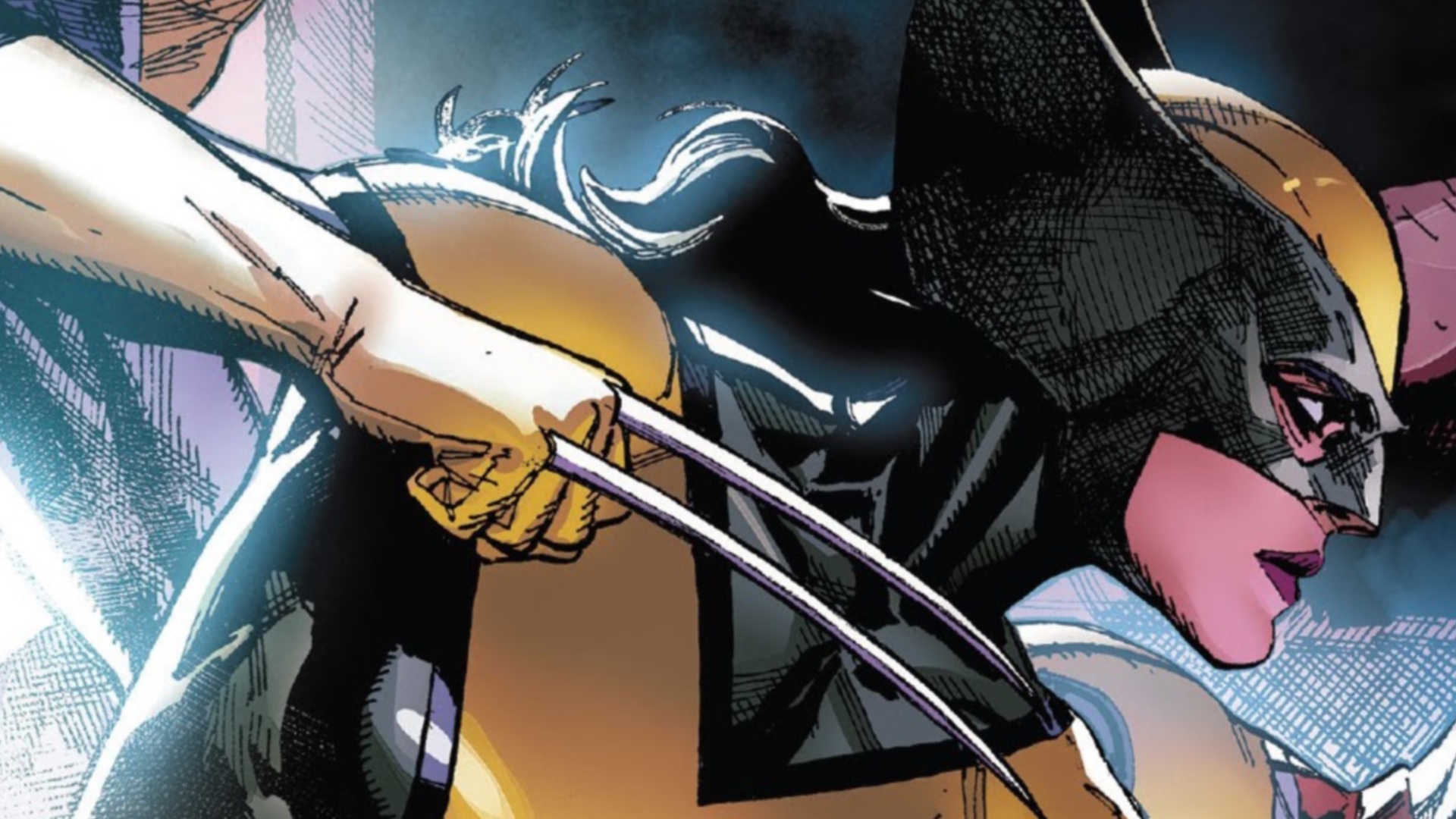
First Appearance: NYX #3
Recommended Reading: All-New Wolverine
The early '00s launched a decade of Marvel honing and perfecting its craft of spinning off and cloning its most popular heroes to find new characters and stories. And that 'cloning' term is actually literal in the case of Laura Kinney/X-23, a genetically engineered copy based in part on the DNA of Logan/Wolverine.
Debuting first on the show X-Men: Evolution in 2003, X-23 (her clone batch number) eventually made the jump to comic books in 2004's NYX #1, a series that showed her Wolverine-esque powers including a healing factor, super-senses, and razor-sharp claws, but didn't disclose her origins at all.
Later, her headlining X-23 limited series divulged her origins and explained her nature as a clone of Wolverine. Laura went on to become a member of the X-Men as well as a fan-favorite character - the kind of loose cannon superhero archetype with an attitude and badass powers to boot, who female characters rarely get to embody.
As Laura became a more integral part of the X-Men and even gained the trust of her ersatz 'father' Logan, she actually became his replacement when he seemingly perished after being encased in molten adamantium, taking on the mantle of Wolverine and headlining her own title under that name.
Now, even though Logan has returned, he shares the name Wolverine with Laura (who has since even spun off her own clone kid-sister Gabby/Scout). Laura, as Wolverine, will join the new squad of X-Men that will mark the team's first official line-up of the Krakoa era. Laura was also loosely adapted for the big screen in 2017's Logan, played by then 12-year-old actor Dafne Keen. She remains a fan favorite and there are many MCU fans who hope to see her return as a teen X-23 when Marvel Studios introduces the X-Men.
Didn't Make the Cut: Maker (Reed Richards), Daisy Johnson / Quake, Anya Corazon (Araña / Spider-Girl), Abigail Brand, Toxin, Armor, Gorgon (Tomi Shishido)
2005: Kate Bishop
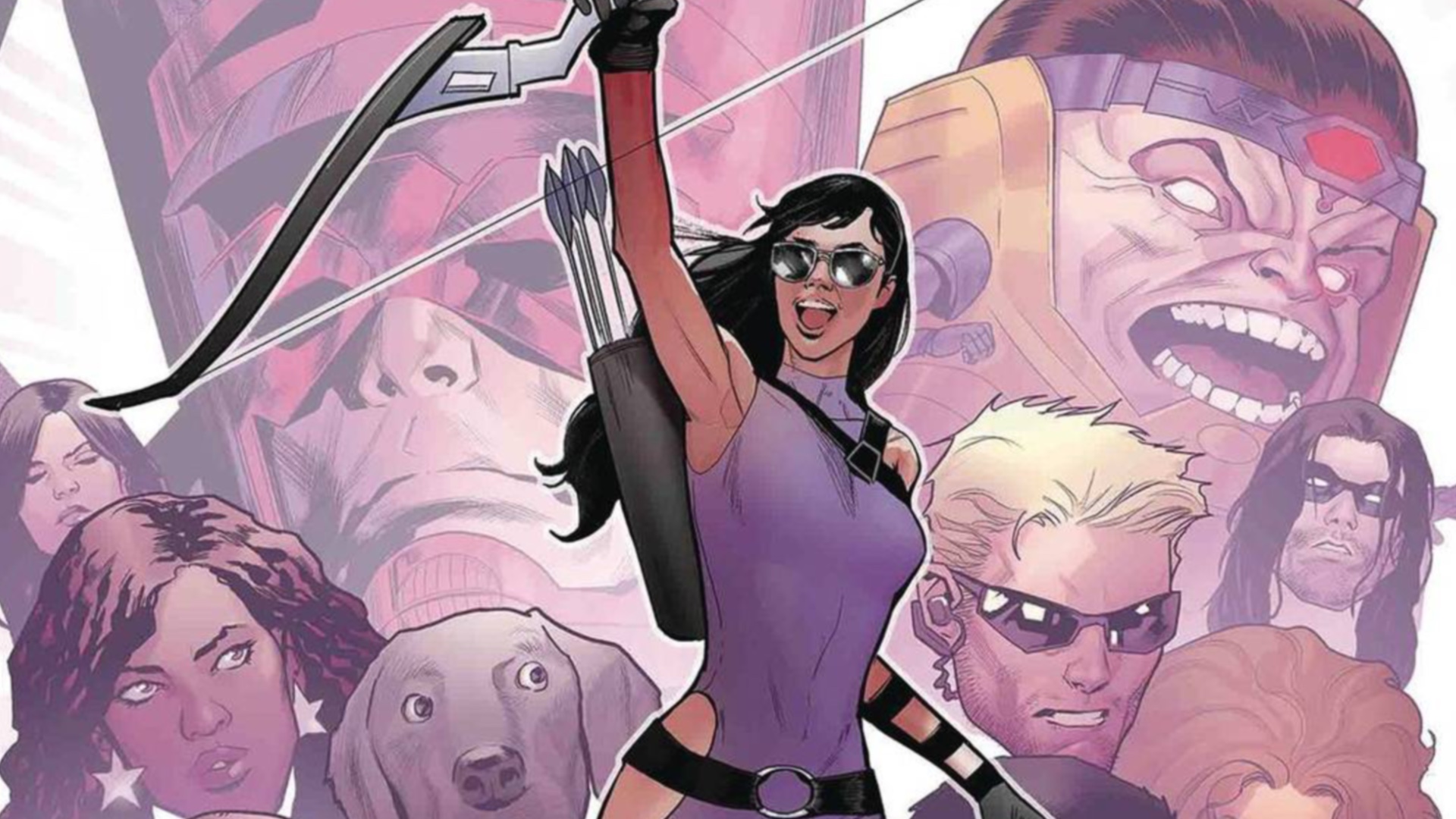
First Appearance: Young Avengers #1
Recommended Reading: Hawkeye: The Saga of Burton and Bishop
It's not often that a legacy character who inherits a codename or identity from a predecessor manages to make such a mark that they not only redefine the mantle for themselves but also elevate the character who came before them. Kate Bishop, the second Hawkeye, fits that bill - and boy howdy does she.
Introduced in 2005's Young Avengers #1, Kate Bishop is a posh rich girl who uses her family's money and her archery skills to help the nascent Young Avengers come into their own, taking the name Hawkeye as her own since the original, Clint Barton, was technically dead at the time.
During the early days of the Young Avengers, Kate officially inherited both the Hawkeye name and Clint's original bow from his long-time mentor Captain America, who had them hand-delivered to her by Jessica Jones with his blessing. Kate continued using the Hawkeye name even after Clint was resurrected, earning his approval.
When Clint returned to using the name Hawkeye after a stint as Ronin (adapted into the MCU in Avengers: Endgame), he and Kate partnered up as street-level heroes in Brooklyn. That partnership took both characters in new directions, with writer Matt Fraction and artist David Aja using their Hawkeye title to evolve and grow the relationship between the two heroes, as well as their personal lives.
Eventually, Kate broke out on her own in Los Angeles as a private investigator. Kate's been in and out of Avengering since, with a stint on a reformed West Coast Avengers, though she's never given up being Hawkeye. She'll be played by Hailee Steinfeld in Disney Plus's late 2021 Hawkeye streaming show, which pairs her with Jeremy Renner's Clint Barton.
Didn't Make the Cut: Amadeus Cho, Maria Hill, Hulkling, Iron Lad, Patriot (Eli Bradley), Wiccan, Shuri
2006: Vulcan
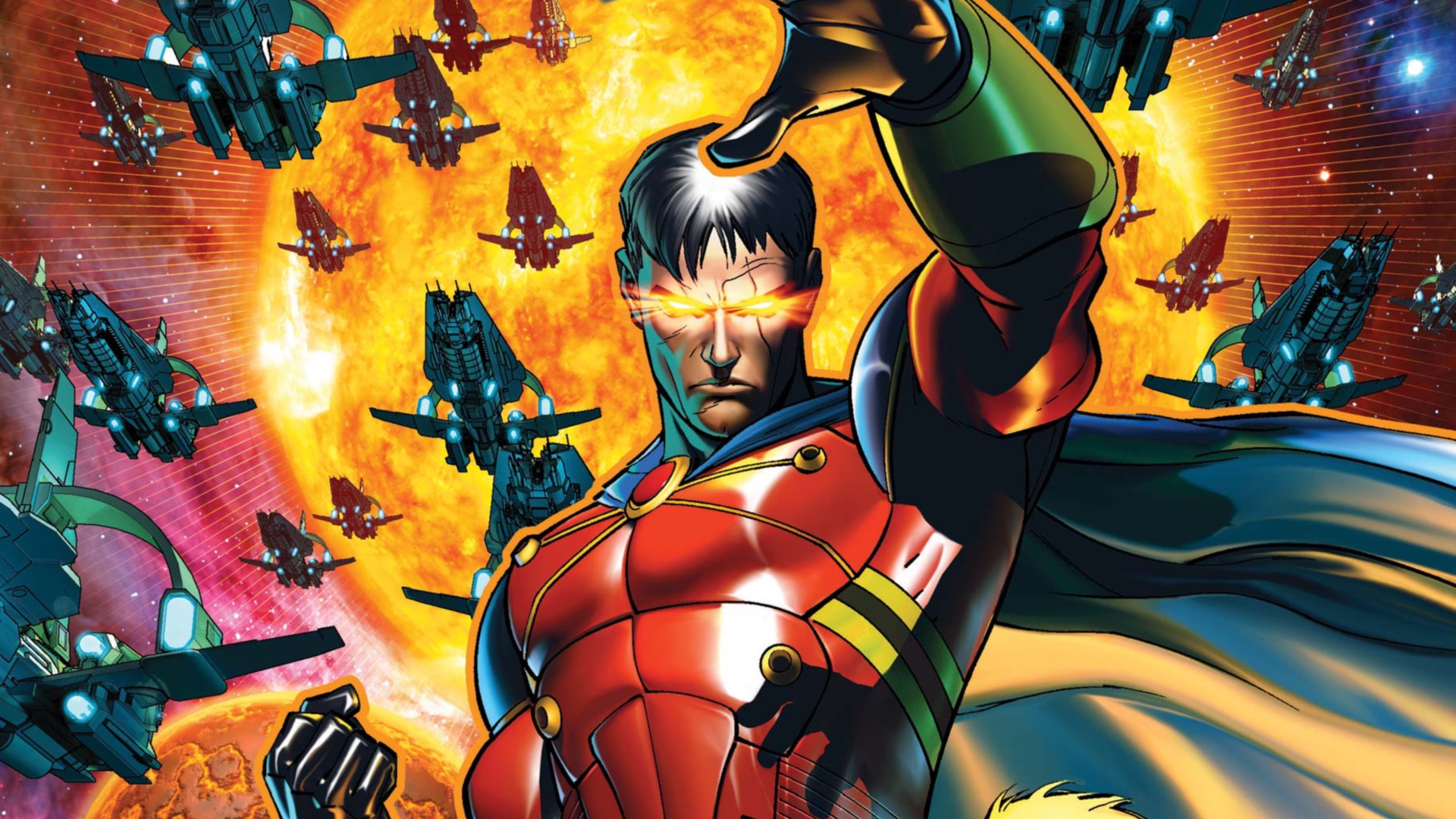
First Appearance: Deadly Genesis #1
Recommended Reading: X-Men: Deadly Genesis
One of the hallmarks of the X-Men franchise over the years is a tendency for writers to lay the groundwork of long-running subplots, some of which take years to come to fruition - and some of which wind up falling by the wayside when a new creative team comes on board.
That's the case with the tale of the so-called 'third Summers brother' (the first two being of course Scott Summers/Cyclops and Alex Summers/Havok). Writer Fabian Nicieza began laying the seeds of the story of Cyke and Havok's long-lost other brother back in the early '90s, before exiting the X-Men titles without finishing the story.
In 2008, writer Ed Brubaker picked the thread back up, introducing Gabriel Summers/Vulcan. Gabriel, the youngest of the three Summers brothers then known, was separated from his family when they were abducted by the alien Shi'Ar. This event led to Scott and Alex Summers being raised on Earth as orphans after their mother died in the course of the abduction. While their father became the space pirate Corsair during these events, the unborn baby Gabriel was saved and raised in the Shi'Ar Empire.
Vulcan's story got even more complicated, introducing the idea that Vulcan had returned to Earth and been part of a lost team of X-Men who were formed prior to the introduction of the 'All-New, All-Different' team in Giant-Size X-Men #1. All of this meant that Vulcan's story had in fact revealed a whole hidden chapter of mutant history involving Charles Xavier hiding dire secrets, and Vulcan becoming the Shi'Ar emperor in a battle against Earth.
Though Vulcan's story has had a mostly happy ending, with Gabriel now living on Krakoa with the rest of the Summers family, the story of the 'third Summers brother' has had another recent twist with writer Fabian Nicieza returning to tell his lost story in the X-Men Legends title, which revealed that his originally intended third Summers brother, X-Treme/Adam X, is actually yet a fourth Summers brother.
Didn't Make the Cut: Omega, Ragnarok, Ant-Man (Eric O'Grady)
2007: Hope Summers
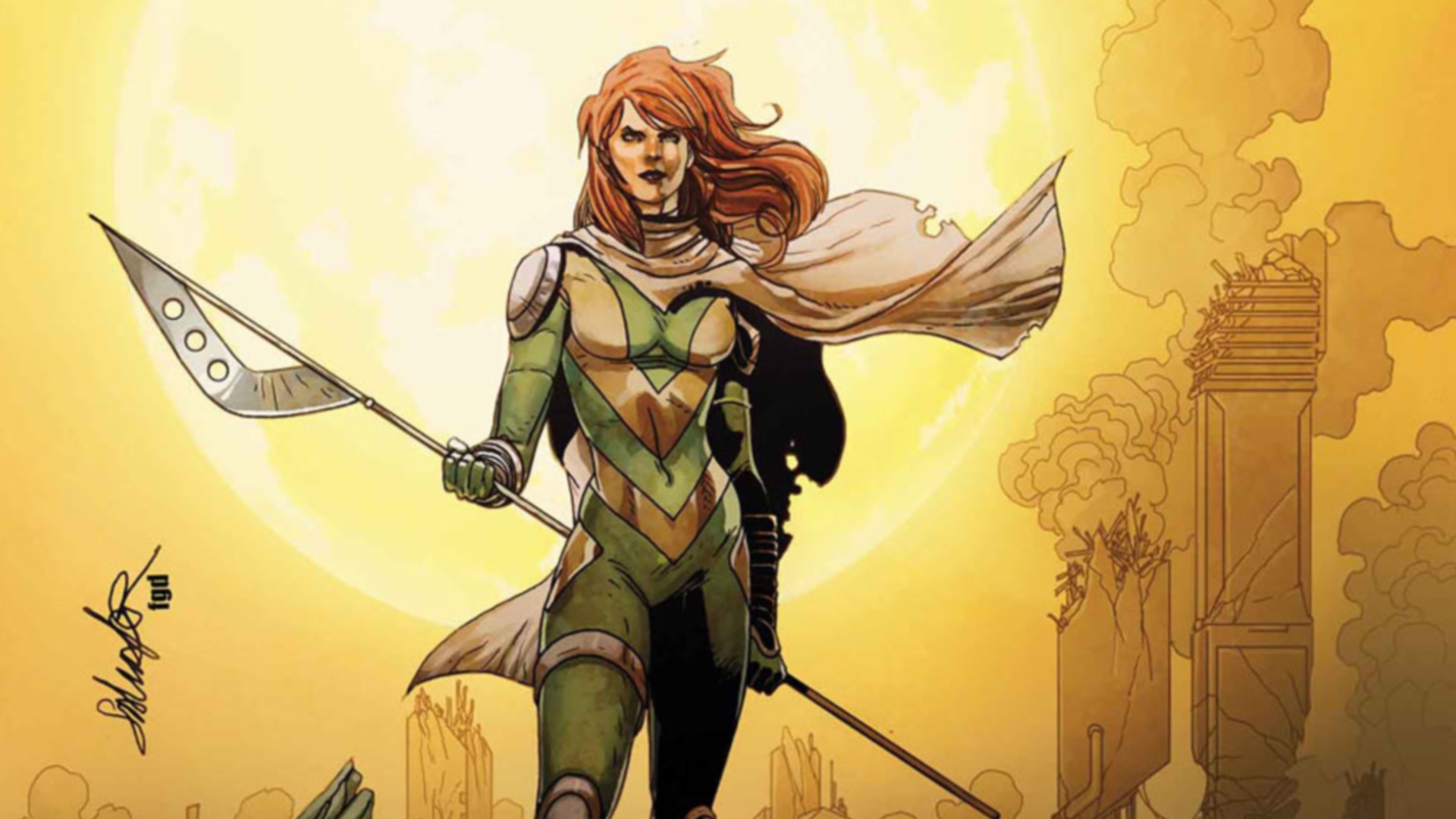
First Appearance: X-Men #205
Recommended Reading: Generation Hope
Another addition to the Summers dynasty - this time through her adoptive guardian Cable - Hope Summers was the first mutant born after the so-called 'Decimation,' in which Wanda Maximoff cast a reality-altering spell to rid the world of mutantkind, leaving less than 200 mutants with their powers intact.
Hope's birth kicked off a massive conflict between several different factions of mutants (including the X-Men, naturally) as well as anti-mutant militants who wanted to ensure the extinction of mutants - resulting in Cable doing the same thing that was done for him and secreting her into the future, where he raised her as both a warrior and a refugee of the timestream.
Hope returned to the present as a teen, helping lead a team of newly awakened mutants, all building to what seemed to be Hope's big moment when the Phoenix Force arrived on Earth to find a new host, resulting in the Avengers vs. X-Men crossover.
However, the Phoenix passed Hope over, and instead possessed a team of five X-Men. And with that, the saga of Hope Summers as the potential savior of mutantkind sadly petered off - though she's since gotten her due in the current Krakoa era, using her ability to mimic and enhance the powers of other mutants as part of 'The Five,' a group of five mutants whose abilities can synergize to resurrect any mutant who dies.
Hope is another character who typifies an era of the X-Men, in this case, the era that followed the loss of millions of mutants and the near-extinction of mutantkind - with even her name symbolizing the strength and virtue of the X-Men in the face of what seems like deadly odds.
Didn't Make the Cut: Daken, Romulus, Bob: Agent of HYDRA, Jackpot, Overdrive, Mister Negative, Victoria Hand
2008: Old Man Logan
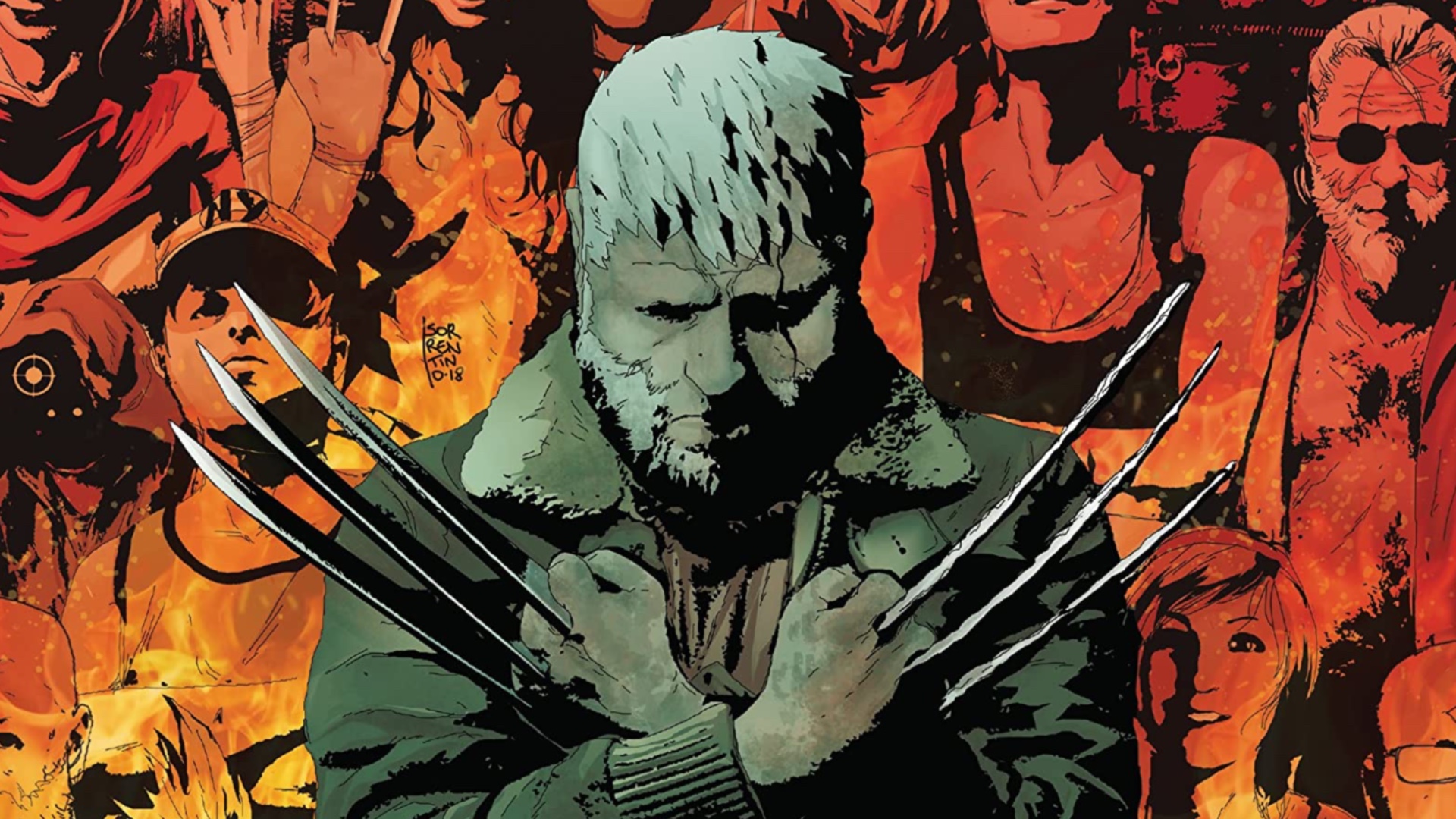
First Appearance: Fantastic Four #558
Recommended Reading: Wolverine: Old Man Logan
DC pioneered the concept of a flash-forward story starring a more grizzled, tragic version of one of their most popular heroes in the late '80s with The Dark Knight Returns.
But in 2008, Marvel took that idea to its next level with the story 'Old Man Logan,' which showed a dystopian future in which Marvel's villains had killed off nearly all of the world's heroes - and Wolverine was the sole X-Man left after slaughtering his fellow mutants while mesmerized in a berserker rage.
In the story, an almost elderly but still savage Logan - long since having abandoned the name Wolverine - wanders a wasteland in seek of redemption or death, all the while encountering the dregs of the Marvel Universe - from a blind Hawkeye to a family of inbred cannibal Hulks.
The harrowing story was a hit, playing directly into Wolverine's nature as a lone wolf warrior and wanderer, leading Marvel to naturally seek to bring Old Man Logan back once the tale was told. Old Man Logan did indeed return in 2015's Secret Wars, a reality-bending crossover that rearranged and remade parts of Marvel's multiverse - including eventually bringing Old Man Logan from his own alt-reality to the core Marvel Universe while the original Wolverine was dead, encased in molten adamantium.
Old Man Logan has since left the Marvel Universe behind, but in his wake he spawned a whole line of 'Old Man' Marvel characters, including Star-Lord of the Guardians of the Galaxy and a team called the Avengers of the Wasteland.
Didn't Make the Cut: Cosmo the Spacedog, Skaar, Menace, Veranke, Zeke Stane, Kraven the Hunter (Ana Kravinoff), Lady Bullseye, Blue Marvel, Spider-Man Noir
2009: Manifold
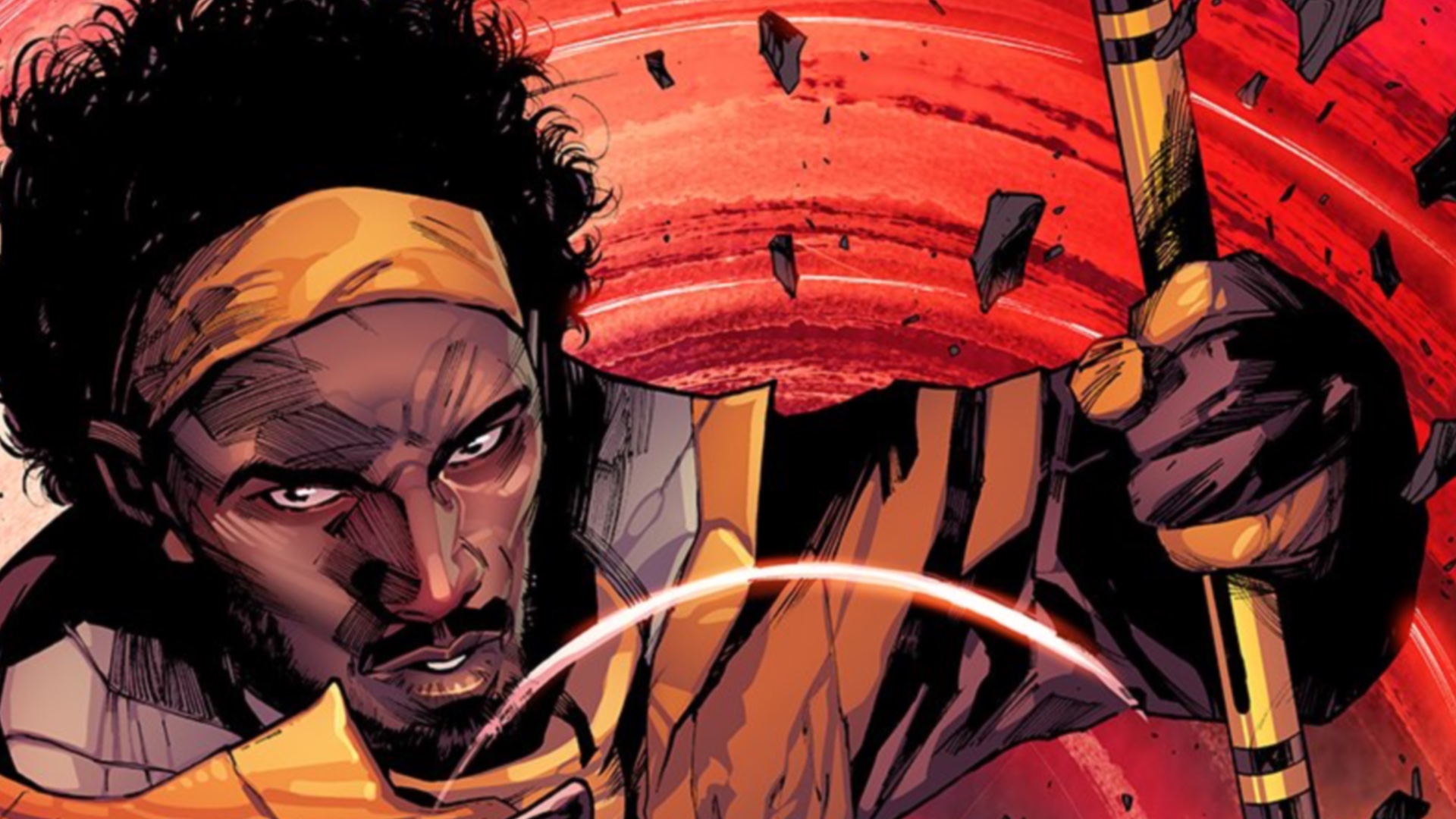
First Appearance: Secret Warriors #4
Recommended Reading: SWORD (Vol. 2)
Manifold may not be a household name for Marvel Comics (yet), but he's one of the most interesting mutants introduced in recent years, with a personality and powerset that have set him apart from his contemporaries and inspired creators to continually build him up toward stardom.
Eden Fesi/Manifold was first introduced in Secret Warriors #4 as one of several young heroes recruited by Nick Fury to fight a burgeoning conspiracy in the Marvel Universe. An Aboriginal Australian mutant, Manifold is the protégé of longtime X-Men ally Gateway, himself an Aboriginal Australian mutant with the power to teleport - something he essentially shares with Manifold.
When Manifold's co-creator Jonathan Hickman took over as the writer of Avengers, he brought Manifold onto the team as the Avengers' resident transporter - though Hickman quickly began expanding the idea of what Manifold is capable of over the course of his run. No longer limited to simply moving things through space, Manifold's abilities have been stretched and redefined in mind-bending ways as his place in the Marvel Universe has grown.
Now, Manifold is one of the core characters of Marvel's ongoing SWORD title, in which writer Al Ewing has elaborated on his powers even further, explaining that Manifold's true mutant ability is not simple teleportation, but communicating with the universe itself - and sometimes convincing it to break its rules for him.
Though Manifold hasn't fully tapped the potential in that ability yet, SWORD is ramping up his place as a key player in the future of mutantkind.
Didn't Make the Cut: Reptil, Rescue, Galacta, Bentley 23
Now that you've read about the best Marvel characters of the '80s, catch up on the best Marvel Comics stories of all time.
I've been Newsarama's resident Marvel Comics expert and general comic book historian since 2011. I've also been the on-site reporter at most major comic conventions such as Comic-Con International: San Diego, New York Comic Con, and C2E2. Outside of comic journalism, I am the artist of many weird pictures, and the guitarist of many heavy riffs. (They/Them)

